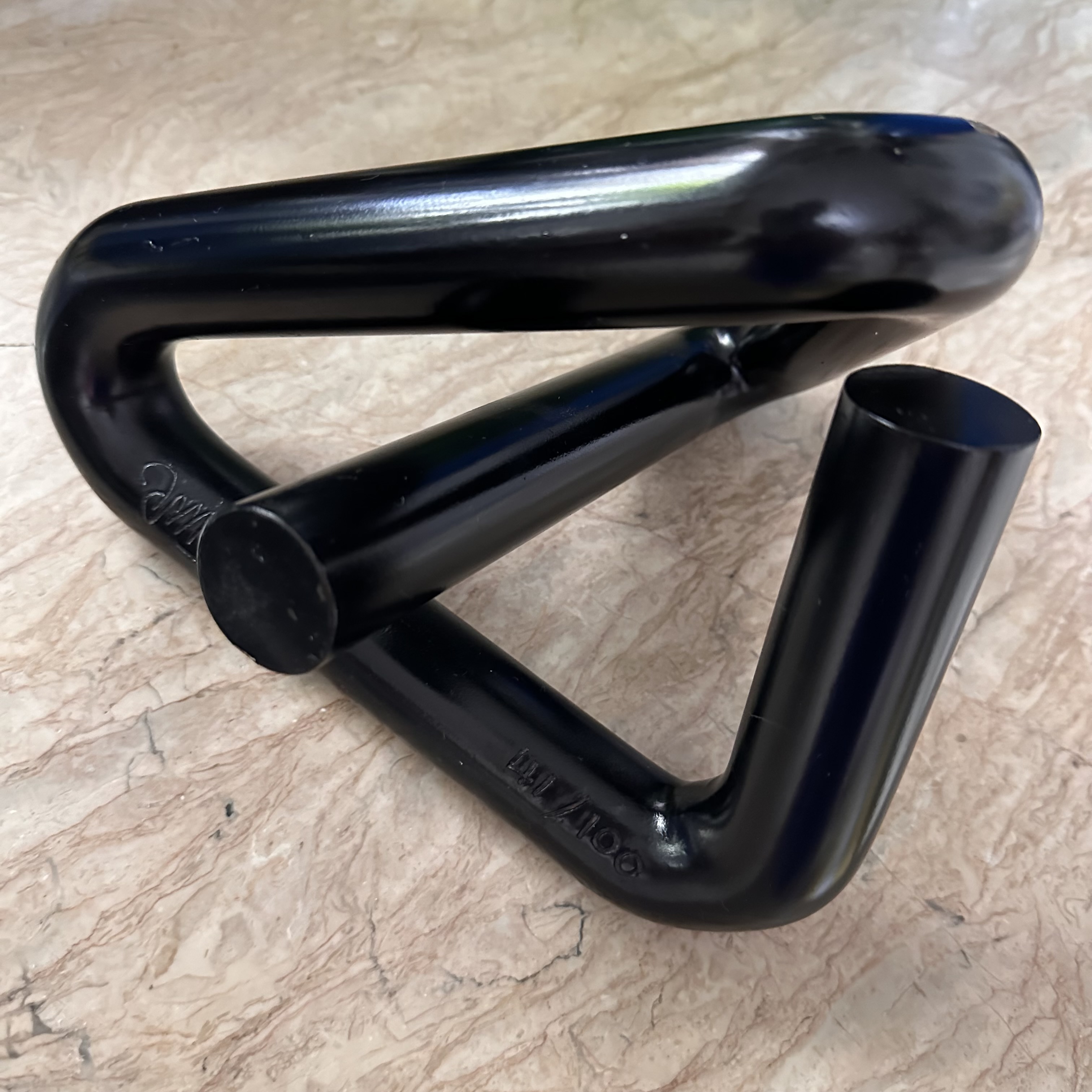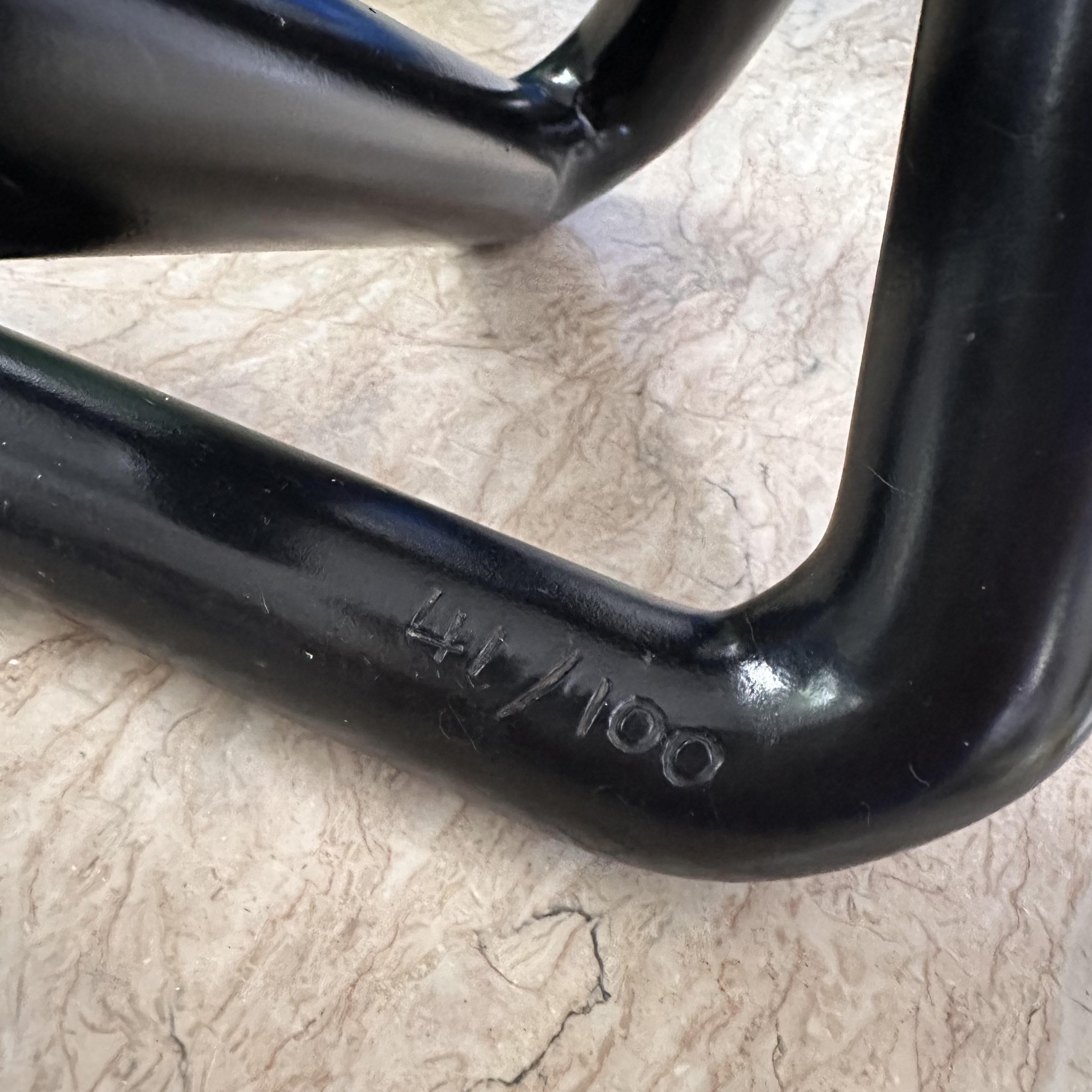In this conversation, Dr. Ancheta discusses his favorite acquisitions, some tips on preserving artworks, and the role of art collectors as guardians and caretakers.

For Dr. Anthony Marc Ancheta, collecting art isn’t just a hobby or savvy investment strategy; it’s a way he shows care. A gynecologist by profession, Dr. Ancheta started his art collection almost fifteen years ago in a brush with kismet at the Ayala Museum’s gift shop. Now, he enjoys a collection comprised of work from emerging artists and old masters alike. But, what sets Dr. Ancheta’s collection apart is his philosophy behind each acquisition.
Dr. Ancheta leads by gut feelings forged through years of exacting observation. An artwork comes into his hands only if the artist’s craft and vision resonate with him. When an artwork graces the walls of his home, he takes on the role of a guardian and a caretaker more than an owner. Dr. Ancheta maintains that “the artists are just allowing me to take care of their work in the meantime.”
In this conversation, Dr. Ancheta recounts his favorite acquisitions, his childhood playing at the Design Center Philippines, and some practical tips on preserving artworks. His generosity and thoughtfulness bring to mind the fact that the word “curator” stems from the Latin “cura,” or “to take care.” After all, the objects we choose to bring into our lives can inspire us to connect with who we are.
MOT:
What was the first artwork in your collection? Why did you acquire it?
AMA:
It was my 41st birthday. My wife, daughter, and I went to the Ayala Museum, and there used to be a museum shop on the third or fourth floor. So, we went in and I saw that there were Arturo Luz’s black newspaper clip sculptures. The clips were numbered from one to one hundred. I asked the lady who was there, “By any chance, would you have forty-one out of one hundred?” She said, “Oh luckily enough, it’s here.”
I got the paper clip. I knew it was my lucky day. I got a sculpture by Arturo Luz on my 41st birthday! And, it was the forty-first edition out of a hundred. My dad used to work with Arturo Luz at the Design Center Philippines and I spent my childhood running around galleries with Arturo Luz. The work felt familiar to me.
Years ago, I couldn’t believe that the sculpture was something I could afford. If my birthday happened ten years after and the newspaper clips were still available, I don’t think that it would be priced the way it was back then.
MOT:
Can you describe your collection today?
AMA:
Most of my collection features either paintings or sculptures from old masters to up-and-coming artists to those who are a bit avant-garde. The most important thing is that most of the artwork I have are figurative. I’m not really inclined towards abstract work.
MOT:
What’s the newest artwork in your collection?
AMA:
Gravity Art Space usually holds a No Name Show every December, which they started three years ago. In the No Name Show, the gallery would put works up on the wall and you wouldn’t know who the artists are. There’s no name, no label, no signature on the lower-right quadrant of the work. They encourage artists to create artwork outside of their usual styles. You need to allow your eyes and probably your heart to feel whether you actually relate to the work.
I got a few pieces and the most surprising one was a small piece. I asked if it was available and they said “yes.” Gravity Art Space sent me the statement of account and the artist’s name was there. It’s from Jigger Cruz.
MOT:
Today, there are so many different types of things to collect. Some people collect furniture, baseball cards, and limited-edition toys. What made you decide to stick with collecting art?
AMA:
I got into collecting art because we wanted to fill these very big and bare walls in the house. We started with a few paintings and they kept multiplying. Now, we’re at a point where we hardly have any space to put our artwork. When I started collecting, I knew that everything had to be cohesive. I can’t just get a certain artwork and then put it next to another when they don’t jive well together. Collecting made me conscious of the things that I buy.
I’ve always believed that, as a collector, we don’t own the art we buy. So, we are like temporary custodians of these artworks made by the artist. Whenever I buy an artwork, I take it as a cue to allow me to bring it home. I think, “Thank you for allowing me to care for your art.” That’s why I always express my gratitude to all the artists because it’s their work. I bear in mind that the artwork was not my creation, that someone else created it. Imagine an artist spending so much time on the canvas and putting their heart and soul into it. The artists are just allowing me to take care of their work in the meantime.
MOT:
How has your approach to collecting changed over time?
AMA:
I definitely noticed an evolution in how I acquire and collect. For the past five or ten years, I’ve been concentrating on discovering new artists and seeing their potential. What amazes me is how my gut feel guides me. I’ve been following a lot of previously emerging artists, who over the past decade or so, slowly found their niches and turned into big names. These artists probably did not even sell a painting five years ago. But, I knew there was potential so I started collecting them. And now, people are running after them.
I always trust what my heart and eyes could see. If it’s something that resonates with me, then I’m sure ten other people would find the same painting appealing. If I was the first in line and able to collect their works, then I was lucky enough to get the artworks while they were still very accessible. If I started collecting certain artists now, I have to wait for up to five years to get their work.
MOT:
Your philosophy around art collecting focuses on finding artists with potential. How do you know if an artwork is worth its price tag, whether it’s from an emerging artist or an old master?
AMA:
For me, the most important thing is to see how they make their artwork. What technique do they use? How do they incorporate tonality, shadows, and light? When I see these qualities, I know that this artist knows how to paint.
MOT:
How did you develop your eye for craft? What tips do you have for new art collectors?
AMA:
Be exposed to the different kinds of art and art forms. Whenever I travel locally or abroad, I visit museums. It’s very, very important to be exposed to different kinds of artworks so you would know what would appeal to you and the different techniques artists use. If you get to the point of acquiring a certain artwork, you can think about how it was made and its commercial value.
Some museums I recommend visiting are the Rijksmuseum in Amsterdam, MoMA in New York City, and the Prado Museum in Madrid. Gajah Gallery in Singapore features Southeast Asian artists. Singapore Art Museum and the National Gallery Singapore are some of my favorites as well.
MOT:
Now, onto a somewhat tricky topic. What’s your opinion on using art as an investment strategy?
AMA:
I actually think art is one of the best investments you can use if you want to try to make money out of it. If you look at auction houses now, you can see that a lot of artworks being auctioned ended up being sold in the millions. It also depends on the type of artwork that they have. So yes, it is a good investment strategy.
But, I collect art primarily because I want to see the work every single day. I’ll only unload my artwork when I’m pushed against the wall. That’s the only time you can get an artwork out of my hands! But other than that, I’d rather see and enjoy my art every day.
MOT:
We’ve established art as a long-term commitment that requires a lot of care and attention. How do you take care of your collection at home?
AMA:
At home, we need to make sure that the artworks are not directly exposed to sunlight and extreme moisture. Of course, the art needs to be cleaned regularly. Don’t use a rag and a cleaning solution! We dust our collection off with a feather duster and a microfiber cloth.
The other thing is that the art in storage should be in a temperature-controlled environment. Otherwise, we might end up losing our paintings. At the wrong temperature, they would either degrade or end up being so moist that molds and mildew appear. Getting a storage facility is an investment, but the bigger investment is the effort put into collecting and caring for the artwork.
MOT: You’ve been collecting art for almost fifteen years. What are the best decisions you made regarding your art collection?
AMA:
I can think of two decisions at the moment.
The first one is acquiring a painting by Iyan De Jesus at Art In the Park. During the time I started going to Art In the Park, I think the price cap was around PHP 15,000. So, anything I bought there would be PHP 15,000 or less. My wife first saw the painting and I asked her “Do you like it?” And she said, “Yeah, I like it. But, I’m not so sure since we don’t have enough walls anymore.”
I asked the gallery, Vinyl On Vinyl, if this painting was available and it was! So, I got it. The cap was PHP 15,000 at the time, so can you imagine how much it is now? It’s so hard to get something by Iyan De Jesus now. But, at that time, the painting was just up there. No one was looking at it. As I said earlier, I allowed my eyes to wander and the painting appealed to me.
The other decision is an acquisition from Ysobel Art’s booth at ManilArt in SM Aura. I saw two paintings of people who were either swimming or sinking below water. I found the work so amazing because the bubbles and even the rippling of the water were very, very expressive. No one was interested and the works were at the back of the booth. But, I decided to get these two paintings.
I started following this artist, Sid Natividad, and he ended up becoming quite a big name. The line for his work now extends all the way to the next block! His latest exhibition with Marc Aran Reyes was at the National Museum of Anthropology.
MOT:
Conversely, what are some of your regrets as an art collector?
AMA:
For my acquisitions, I have no regrets. If there’s one thing I think I would regret is not buying work from one of the old masters when they were still very much available. One master on my wishlist is Romulo Olazo. When he was alive, I had a picture taken with him during one of the art fairs! How did I just let the opportunity to acquire one of his works pass me by?
MOT:
What’s one piece of advice you would like to give your past self?
AMA:
“Keep trusting your gut instinct. It will lead you to the right path, the right artist, the right painting.”
MOT:
What message would you like to tell yourself ten years from now?
AMA:
“You’re lucky enough to collect a good number of art pieces. It’s about time that you share your collection and the joy it brought you with other people as well.”
In the next few years, I want to establish an art farm so I can invite students, collectors, and aspiring artists to show them what I’ve been collecting. I hope that my collection inspires them in the same way other galleries and museums inspired me and other collectors.



